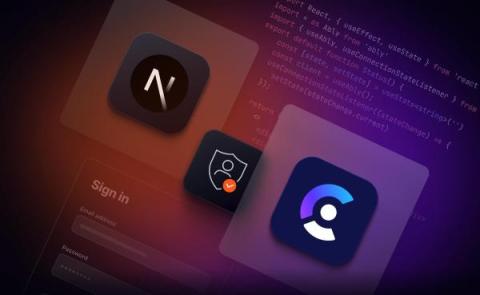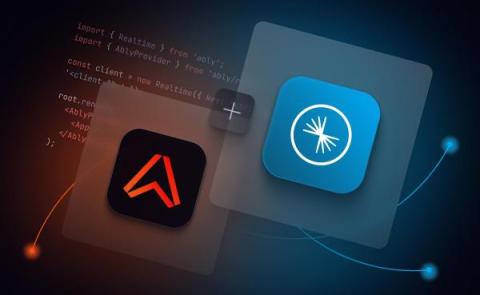How To Enhance AG Grid with Avatars: Building a Collaborative Grid with React and Ably
One of the most common UI elements in software is the tried and true data grid. The idea of organizing data into rows and columns dates back thousands of years. Though human creativity has given us many more ways of displaying data, the humble grid remains a powerful tool in the software developers toolbelt. Today, however, working with any data, including data in grids, often benefits from collaboration capabilities that allow multiple users to work together on the same data.










